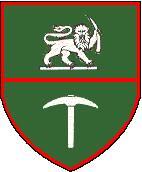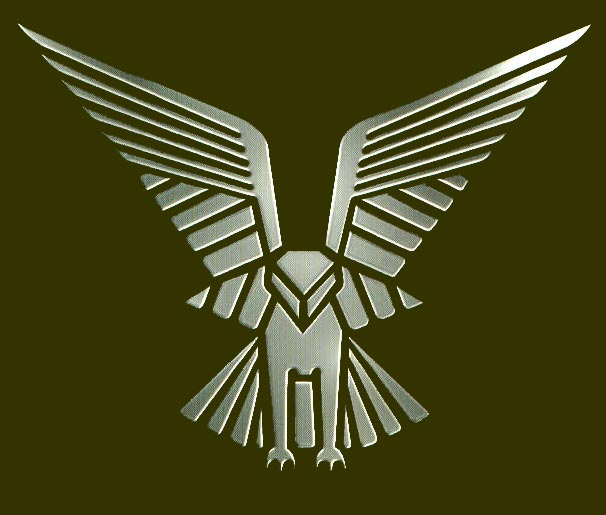OVERCOMING
TRACKING PROBLEMS
The
security forces were similarly
successful in overcoming
some of he difficulties inherent
in tracking small
guerrilla units and bands of infiltrators
through rough country in harsh climatic conditions. Within
the Army, special four-man (sticks) tracking
teams (Selous Scouts/TCU) were organized and trained
for extended operations in the bush. The tracking teams worked in
threes: one group in
pursuit of the guerrillas, one
following the trail backward in
hopes of encountering other guerrillas or
discovering a hidden arms cache
or valuable insurgent documents, and one
leap-frogging ahead to
try to pick up the trail more quickly. The teams were
supported by a larger
section of troops (Fireforce), who would move forward and
engage the insurgents once they were located by
the trackers.
Botanists,
recruited from local universities, taught the trackers how to live
off the land (as the guerrillas did), recognize changes in an
area’s natural ecology that would indicate a guerrilla presence,
and identify from broken brush or
faintly trampled grass the
tell-tale signs of movement.
Instead
of fatigues and combat
boots, the trackers wore
tennis shoes and shorts. Increased
comfort while operating in the often intense midday heat was not the only
reason for this attire. Tennis
shoes made less noise
than boots, were lighter, and
made less of an imprint on the ground, thus
making it more difficult for
the trackers themselves to be tracked. Similarly,
by wearing shorts, the
trackers were forced to walk around the brush, rather than
through it, reducing both noise and physical signs of movement.
There is perhaps no
better example of the Rhodesians’ commonsense
approach to complex
problems than the special
communications gear
used by the trackers to maintain contact with one another:
ordinary, inexpensive dog whistles. Though inaudible to
the untrained human ear, the
whistles were an effective means of communication Between
persons attuned to its
distinctive pitch.




